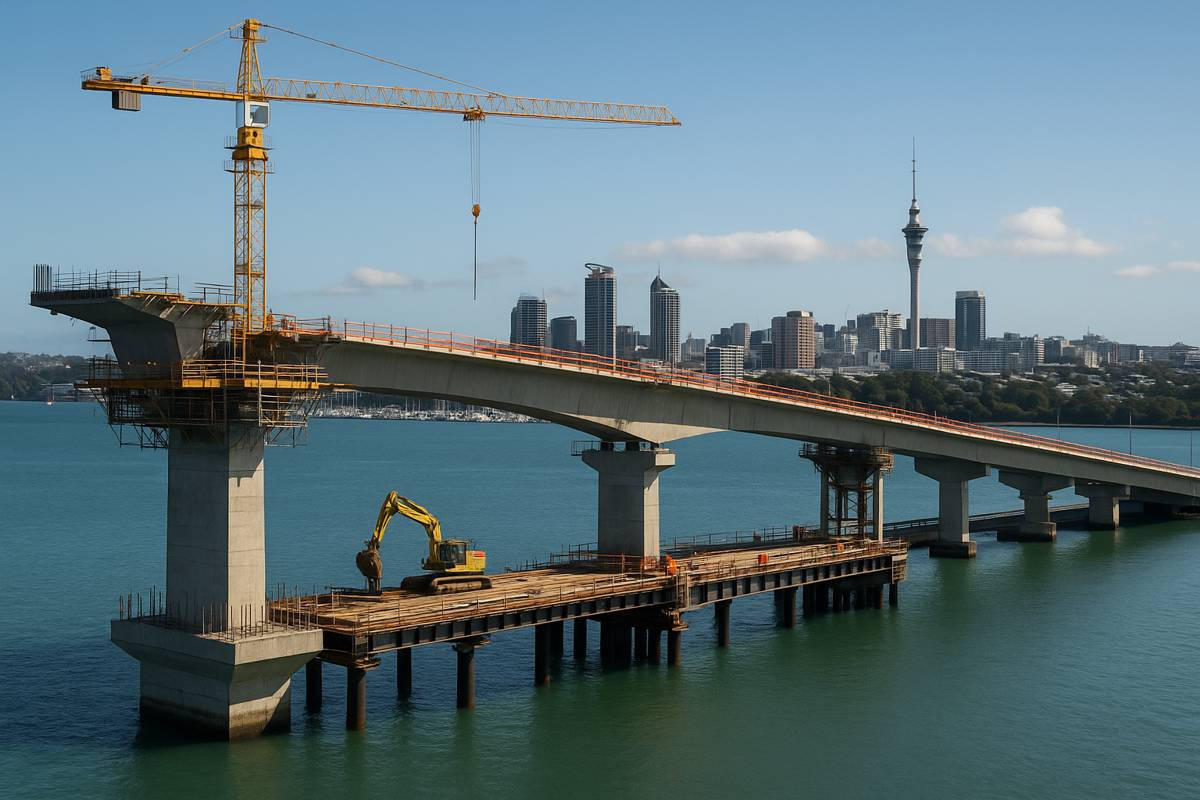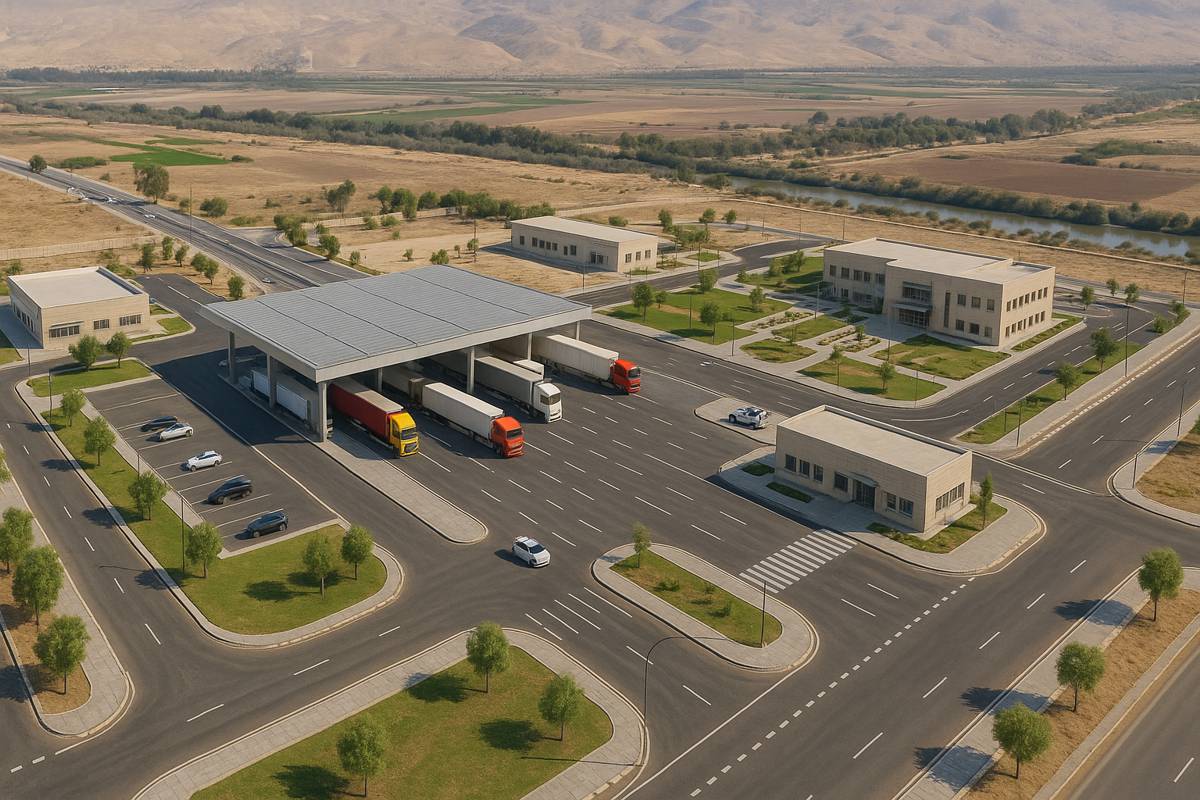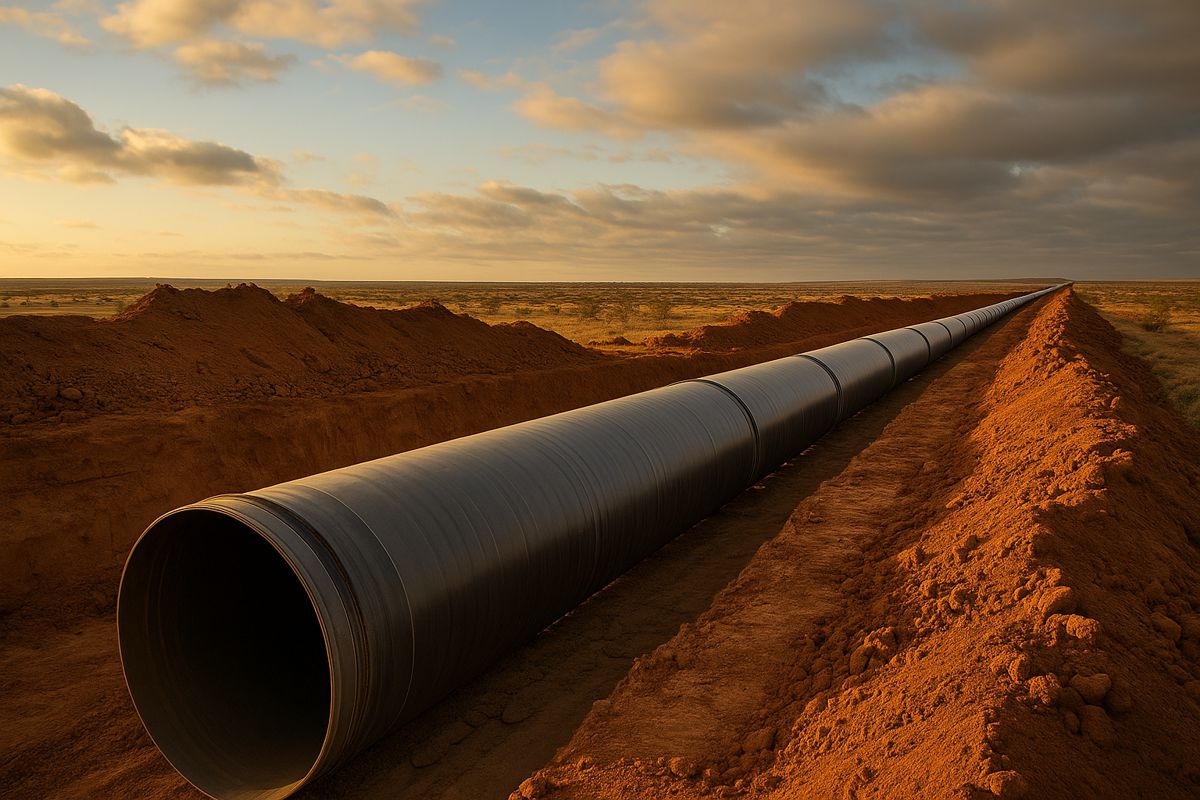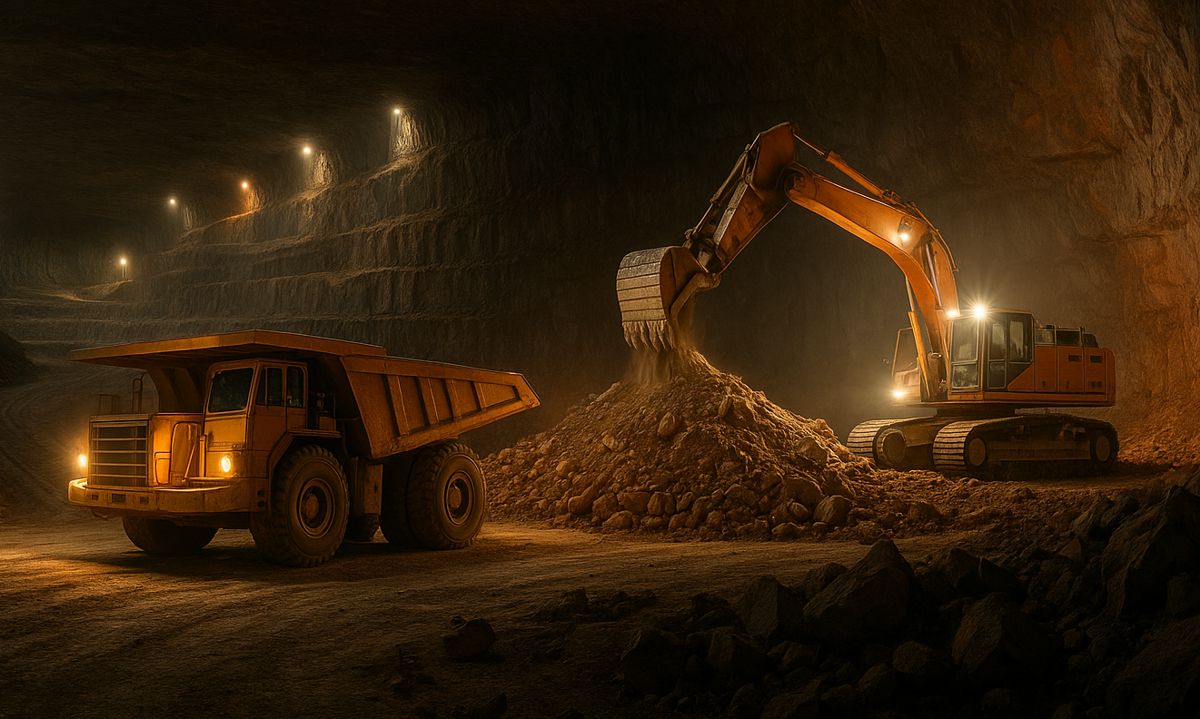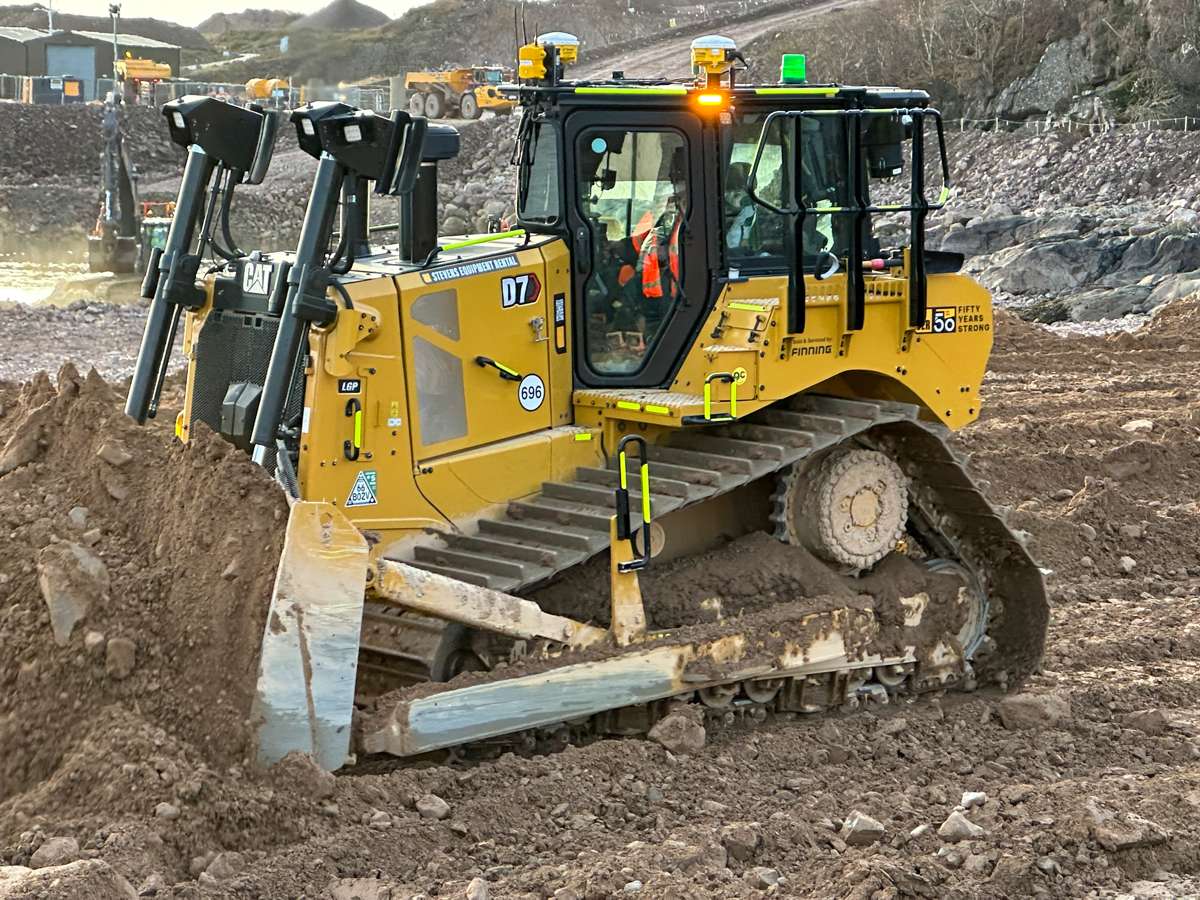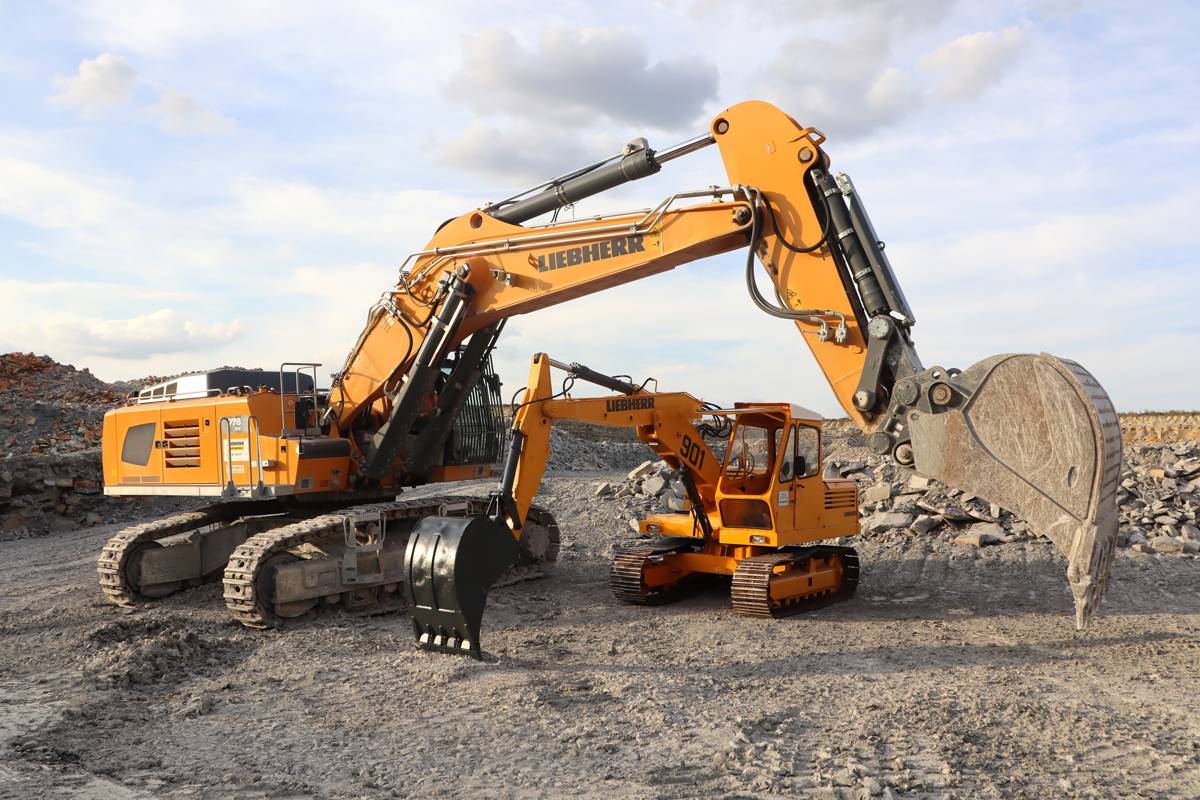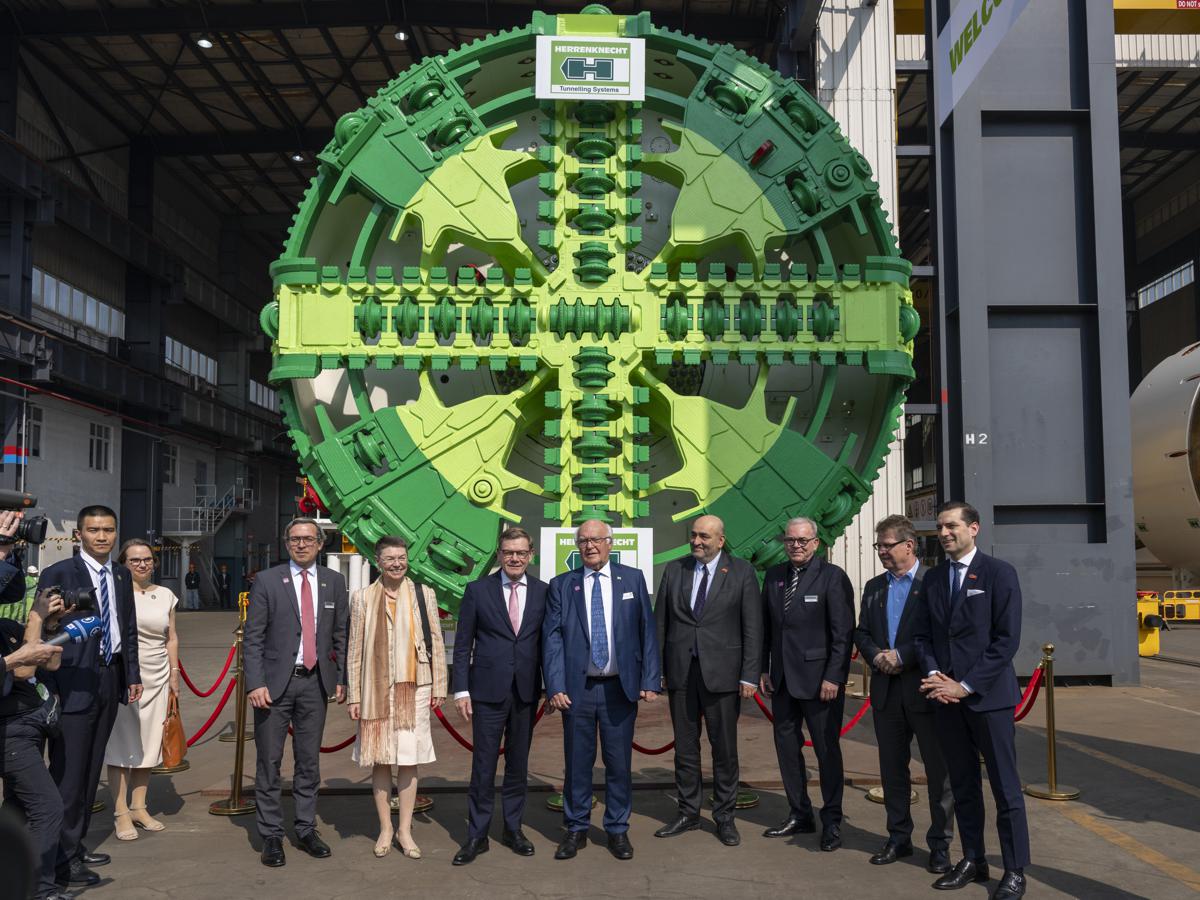New Zealand’s Infrastructure Surge to Power Jobs and Growth
New Zealand is laying down more than just tarmac. With a staggering NZD 6 billion (around US$3.6 billion) in project finance for infrastructure projects hitting the ground before the year’s out, the Government has drawn a bold new line under its commitment to job creation, economic growth, and nationwide connectivity. The biggest slice of the pie? Roads. NZD 3.9 billion (US$2.3 billion) is earmarked specifically for roading projects, setting the wheels in motion for what’s shaping up to be one of the country’s largest ever infrastructure boosts.
Infrastructure Minister Chris Bishop, speaking alongside Economic Growth Minister Nicola Willis, didn’t mince words: “Every billion dollars we spend on infrastructure supports around 4,500 jobs. This is a direct investment in New Zealand’s future prosperity.”
From major upgrades on the Ōtaki–Levin expressway and Melling interchange, to critical improvements across SH22, SH76, Waihoehoe Road, and Rolleston access, this roading overhaul is not just about smoother commutes. It’s about stitching together regions, reducing freight congestion, and lifting long-term productivity.
Health and Education Get a Structural Lift
While roads might steal the spotlight, the NZD 6 billion package is far from one-track minded. Hospitals and healthcare facilities across the country are also in line for vital upgrades. Projects include seismic resilience work and modernisation of Auckland City Hospital, Dunedin’s inpatient buildings, and a new mental health facility for Hutt Valley. Middlemore Hospital, a critical health hub for South Auckland, is also set to benefit.
Minister Willis highlighted the broader impact: “Health infrastructure isn’t just about buildings. It’s about dignity, safety, and care for patients and staff alike. These upgrades are long overdue and will have a lasting impact.”
On the education front, nearly NZD 800 million has been allocated to school property improvements. New classrooms, improved facilities, and safer learning environments are all on the agenda. In a country where school infrastructure has often lagged behind demographic changes, this investment is timely.
Courts, Science, and National Landmarks
Dig a little deeper into the pipeline and you’ll find a diverse mix of forward-looking developments. A state-of-the-art biosecurity laboratory is on the list, reinforcing New Zealand’s commitment to protecting its agricultural sector and native flora and fauna from invasive threats. In addition, a temporary courthouse is being constructed in Papakura to alleviate pressure on the justice system.
Heritage and safety also collide in the planned seismic strengthening of the iconic Parliamentary Library. In a seismically active country, this work is critical not just for safety, but for preserving cultural legacy.
The Infrastructure for Growth Agenda
This infrastructure blitz isn’t a scattergun approach. It’s neatly tied into the Government’s wider Infrastructure for Growth agenda, a strategic framework designed to sweep away red tape, attract private sector investment, and ensure value for money. At the centre of this agenda is the recently introduced Fast-track Approvals Act, which aims to accelerate delivery of critical projects without compromising oversight.
Another cornerstone is the NZD 1.2 billion Regional Infrastructure Fund, targeted at smaller towns and regions often overlooked in national infrastructure conversations. This is a move designed to spread growth beyond the big cities.
On the transport side, the refreshed National Land Transport Fund is already delivering, with NZD 22 billion committed over the next three years. Road safety, resilience, and network optimisation are top priorities, alongside long-term emissions reduction.
A Pipeline That Builds Confidence
What sets this infrastructure drive apart is its transparency. With the National Infrastructure Pipeline now offering public visibility of over NZD 207 billion in planned works across the public and private sectors, the Government is sending a clear signal to the market.
“We want contractors, engineers, and planners to see the long game. If firms can anticipate the next ten years of demand, they can scale, invest in equipment, and hire the talent they need,” said Bishop.
This level of visibility is rare, and it’s designed to bring certainty to a sector often battered by boom-and-bust cycles. It also helps attract international investors and project developers, who can plan with greater clarity and confidence.
Unlocking Economic Growth and Resilience
At the heart of the plan is a simple but powerful concept: invest now to build a more resilient and productive economy. Infrastructure, when done right, doesn’t just boost GDP in the short term. It reduces inefficiencies, unlocks new regions, supports population growth, and makes the country more globally competitive.
For example, the improvements to freight routes and intercity road connections are expected to significantly cut travel times and fuel consumption. That’s not only good for logistics but also for emissions targets. Likewise, new hospitals and upgraded schools mean healthier, better-educated citizens—long-term dividends that are hard to overstate.
All Eyes on Delivery
Of course, announcements are one thing, and delivery is another. The success of this ambitious plan will hinge on execution. Delays, cost blowouts, and labour shortages have historically plagued New Zealand’s infrastructure ambitions. However, with a streamlined approvals system, clear investment signals, and cross-party support in many areas, the groundwork is being laid for smoother execution.
There’s also renewed focus on skills development. Industry bodies are calling for a coordinated training push to ensure there’s a steady pipeline of tradespeople, engineers, and project managers ready to meet the challenge.
“We can’t build 21st-century infrastructure with a 20th-century workforce model,” noted a spokesperson from Infrastructure New Zealand.
A Foundation for the Future
New Zealand’s multi-billion-dollar infrastructure rollout isn’t just a short-term economic lifeline. It’s a foundation for a more connected, healthier, and productive future. By investing in roads, hospitals, schools, science, and heritage, the Government is painting a long-term vision that balances growth with resilience.
Whether you’re behind the wheel on SH76, teaching in a newly upgraded school, or sitting in a safer, stronger hospital building, this programme is set to touch nearly every corner of Kiwi life.
One thing’s clear: New Zealand is building its way forward.
